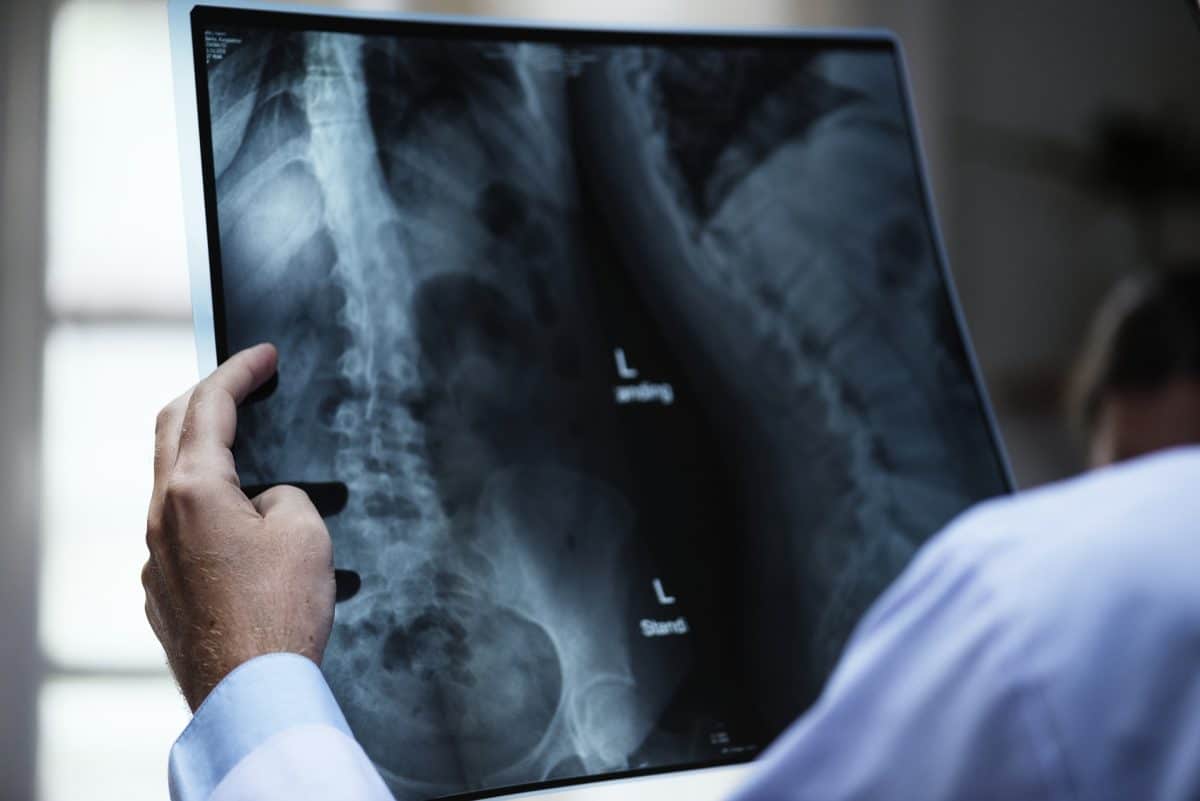We’ve all seen the havoc that a car accident can wreak on a vehicle. From chipped paint to complete destruction, car accidents can cause thousands of dollars in property damage. But what happens in a car accident…to your body?
You only get one body to use for your entire lifetime. In most cases, your body is able to heal itself when it gets injured. But for more serious injuries (like those sustained during a car accident), you might be left with a pain that you just can’t “walk off.”
This is because car accidents are unlike any other kind of accident you might experience. Here’s what happens in a car accident to your body and how you can start getting back to normal.
What Happens In a Car Accident To Your Body
Cars have two features that make car accidents so dangerous: size and speed.
The average mid-size sedan weighs more than 3,000 pounds. Combine that weight with a similarly sized car (or, worse still, an even heavier vehicle) and you’ve got the makings of a serious injury for all passengers.
And it all comes down to momentum.
You might remember the laws of motion from your high school physics class. And the first rule of motion is that an object at rest or in motion (i.e. your car) will remain at rest/motion until an outside force acts upon it. Unfortunately, when your car’s speed suddenly changes, your body’s speed changes too.
What people commonly think of as a car crash is actually a chain of three separate collisions:
- Your car collides with another object.
- Your body collides with your car (airbag, steering wheel, or seat belt).
- Your internal organs collide with your body.
Vehicle manufacturers have come a long way in terms of safety, but there is no way to completely prevent your body from being shaken around during a collision, even a relatively minor one.
Car Accident Injuries
It’s easy to see how a car crash at faster speeds would cause greater damage (to you and your car), but even fender benders can cause significantly painful symptoms.
You might also experience different injuries depending on the angle, direction, and point of impact during the crash. Crashes from the side, rear, or front of your vehicle will all result in different injuries to different parts of your body.
Back Injuries
Back injuries rank high among common car accident injuries, and even a minor back injury can have debilitating effects on the rest of your life.
There are four common back injuries that can occur after a motor vehicle accident.
- Thoracic Spine Injuries: These types of injuries are the most serious. They occur in the upper back area and are generally caused by high-impact car crashes.
- Lumbar Spine Injuries: Occurring in the lower back, lumbar spine injuries cause intense pain and can limit your mobility in daily life.
- Herniated Discs: This injury occurs when the discs between the vertebrae become displaced. It causes intense and sudden pain in the lower back and numbness in the legs.
- Spinal Cord Injuries: Results in bruising or permanent damage to the spinal cord and nerves. Injuring the spinal cord can lead to severe results, such as partial paralysis.
Neck Injuries
Because your head and neck are not typically restrained while you’re in a vehicle, neck injuries are very common following a car accident.
Whiplash occurs when your neck is thrown back or forwards, stretching the muscles and tendons. Herniated discs are also common.
Injuries to Internal Organs
You might expect a broken bone or bruising after a car accident, but most people forget about the damage your internal organs can experience.
- Punctured Lung
- Internal Bleeding
- Brain Injuries
- Liver Damage
- Kidney Damage
This is only a small sampling of the types of injuries you may experience. In any case, the best way to know what happened to your body in a car accident is to seek medical attention.
See a Chiropractor ASAP
Car accident injuries are notorious for hiding in plain sight. Immediately following the crash, adrenaline and shock can mask pain and other symptoms, tricking you into thinking you’re “perfectly fine.” When the pain finally does surface, you might be too busy dealing with work, family life, or the insurance claim to notice it.
Seeking medical care from health professionals such as a chiropractor can lead to a swift diagnosis and effective, drug-free treatment. From spinal adjustments to medical massage, car accident chiropractors have a variety of methods at their disposal to treat your injury itself, not just your symptoms.

Most people are unaware that delaying medical attention not only increases the odds of further injury, it affects your ability to collect insurance reimbursement.
Your auto insurance coverage includes Personal Injury Protection (PIP), which pays for injuries sustained in a crash. But under Florida law, you only have 14 days following the date of a car accident to seek medical care in order to use your PIP. And once you have received a car accident settlement, you can use this toward your chiropractic care.
After the impact of the crash, your body may have some serious injuries. So it is crucial, even with the slightest back pain, to seek a medical exam from your local chiropractor. You will not only be avoiding the high cost of ongoing medical care but avoiding debilitating injuries that can affect your everyday life.








